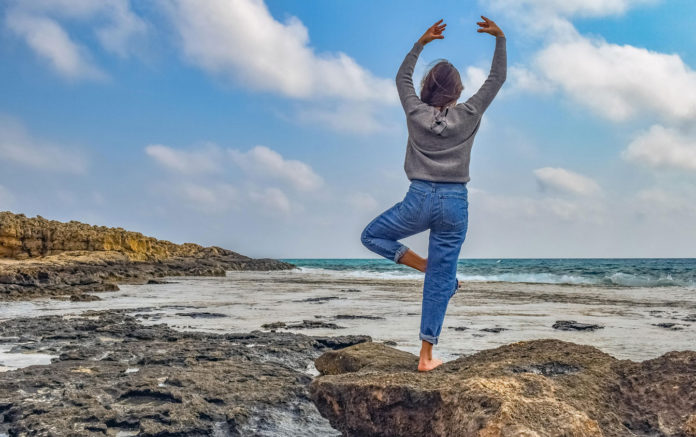
How’s your balance? Having good balance isn’t just for seniors. Stability is necessary at any age, maintaining good balance is critical for preventing falls and maintaining your independence for years to come.
Falls can have serious consequences for most, but especially for older adults. For a large senior population, falls can lead to severe injuries, such as broken or fractured hip, shoulder, knee, tibia or clavicle. The risk of falling goes up after age 65.
Strong balance is highly overlooked until you realize your balance isn’t so great. You can improve your balance at any age and everyone should start in the younger years, so it can be strong and maintained as you age.
Everyone should include balance training with physical activity and strength training in daily activity. Stability can have an impact on simple things, such as picking up a fork from the floor, standing still for a long period of time, walking on uneven surfaces or walking stairs. The goal is to catch yourself if you trip while having strong enough muscle and bones to protect your body if you do fall.
Your sense of balance comes from three systems in your body. Having good balance means that all three of these elements are working and communicating together and that all three are communicating with each other properly in your brain to maintain balance, posture and movement. If even one of these systems is a little weaker, you can develop issues with balance.
The three systems are: visual system (sight), proprioceptive system (sense of space) and vestibular system (inner ear).
To improve balance, focus on exercises that challenge your stability and engage your core and leg muscles. Incorporating these activities into your routine, along with stretching and strengthening exercises, can significantly enhance your balance and reduce the risk of falls.
Movements that improve your stability: single leg stands, walking lunges, single leg pelvic tilts, calf raises, heel walks, walking while turning your head and walking on uneven surfaces (sand, trails with uneven grounds).
Stretching is also a factor that improves balance, posture and flexibility, which allows muscles and joints to move more freely, enhancing coordination and balance. This increased flexibility helps individuals maintain balance in various activities and reduces the risk of fall.
Stretches that improve stability: hamstring stretch, calf stretch, ankle rolls, hip stretch and quad stretch.
Ashley LaMorte is a nationally certified fitness instructor and has been in the fitness industry close to a decade. Over the years, she has gotten the opportunity to instruct group X boot camps at gyms and train private clients from all walks of life, all over the Bay Area. She now has her own mobile fitness business LaMorte Lift. Learn more at LaMorteLift.com.










